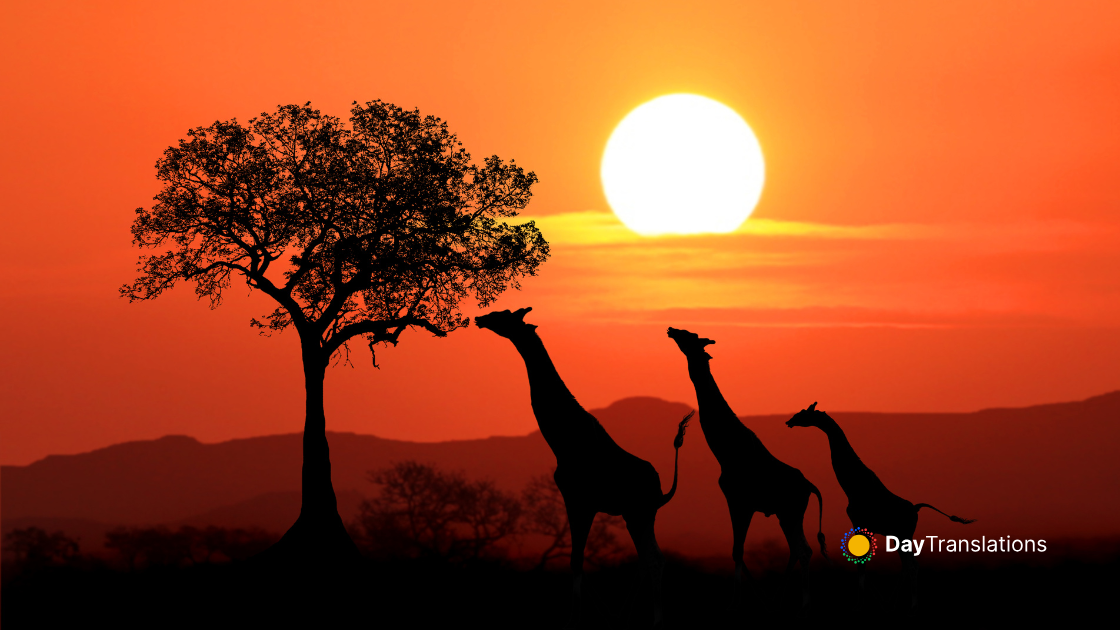Located in South-Eastern Central Europe and with an area of 238,391 km², Romania is the largest country in Southeastern Europe. It borders Hungary to the northwest, Yugoslavia to the southwest, Bulgaria to the south, the Ukraine to the southeast and north, the Republic of Moldova to the east and the Black Sea (225 km of coastline).
Romania has an excellent geographical position, at the crossroads of some great trade routes that connect the Far East with the Western Europe. Romania can ensure through the Rhine-Main-Danube Canal important connections between North and South, allowing the access to over 200 million consumers in a 1000 km radius. Major companies from all over the world have been coming to invest in Romania in the last few years and among them also private investors.
:: Background of Romania ::
The principalities of Wallachia and Moldavia – for centuries under the suzerainty of the Turkish Ottoman Empire – secured their autonomy in 1856; they united in 1859 and a few years later adopted the new name of Romania. The country gained recognition of its independence in 1878. It joined the Allied Powers in World War I and acquired new territories – most notably Transylvania – following the conflict. In 1940, Romania allied with the Axis powers and participated in the 1941 German invasion of the USSR. Three years later, overrun by the Soviets, Romania signed an armistice. The post-war Soviet occupation led to the formation of a Communist “people’s republic” in 1947 and the abdication of the king. The decades-long rule of dictator Nicolae CEAUSESCU, who took power in 1965, and his Securitate police state became increasingly oppressive and draconian through the 1980s. CEAUSESCU was overthrown and executed in late 1989. Former Communists dominated the government until 1996 when they were swept from power. Romania joined NATO in 2004 and the EU in 2007.
In this Country Profile
:: Geography of Romania ::
Location: Southeastern Europe, bordering the Black Sea, between Bulgaria and Ukraine.
Geographic coordinates: 46 00 N, 25 00 E
Area:
total: 237,500 sq km
land: 230,340 sq km
water: 7,160 sq km
Area – comparative: slightly smaller than Oregon
Land boundaries:
total: 2,508 km
border countries: Bulgaria 608 km, Hungary 443 km, Moldova 450 km, Serbia 476 km, Ukraine (north) 362 km, Ukraine (east) 169 km.
Maritime claims:
territorial sea: 12 nm
contiguous zone: 24 nm
exclusive economic zone: 200 nm
continental shelf: 200-m depth or to the depth of exploitation.
Climate: temperate; cold, cloudy winters with frequent snow and fog; sunny summers with frequent showers and thunderstorms.
Terrain: central Transylvanian Basin is separated from the Plain of Moldavia on the east by the Carpathian Mountains and separated from the Walachian Plain on the south by the Transylvanian Alps.
Elevation extremes: lowest point: Black Sea 0 m; highest point: Moldoveanu 2,544 m.
Natural resources: petroleum (reserves declining), timber, natural gas, coal, iron ore, salt, arable land, hydropower.
Land use:
arable land: 39.49%
permanent crops: 1.92%
other: 58.59% (2005)
Natural hazards: earthquakes, most severe in south and southwest; geologic structure and climate promote landslides.
Environment – current issues: soil erosion and degradation; water pollution; air pollution in south from industrial effluents; contamination of Danube delta wetlands.
Environment – international agreements: party to: Air Pollution, Air Pollution-Persistent Organic Pollutants, Antarctic-Environmental Protocol, Antarctic Treaty, Biodiversity, Climate Change, Climate Change-Kyoto Protocol, Desertification, Endangered Species, Environmental Modification, Hazardous Wastes, Law of the Sea, Ozone Layer Protection, Ship Pollution, Wetlands. Signed, but not ratified: none of the selected agreements.
:: People of Romania ::
Population: 22,246,862 (July 2008 est.)
Age structure:
0-14 years: 15.6% (male 1,778,864/female 1,687,659)
15-64 years: 69.7% (male 7,718,125/female 7,791,102)
65 years and over: 14.7% (male 1,337,915/female 1,933,197) (2008 est.)
Median age:
total: 37.3 years
male: 35.9 years
female: 38.7 years (2008 est.)
Population growth rate: -0.136% (2008 est.)
Birth rate: 10.61 births/1,000 population (2008 est.)
Death rate: 11.84 deaths/1,000 population (2008 est.)
Net migration rate : -0.13 migrant(s)/1,000 population (2008 est.)
Sex ratio:
at birth: 1.06 male(s)/female
under 15 years: 1.05 male(s)/female
15-64 years: 0.99 male(s)/female
65 years and over: 0.69 male(s)/female
total population: 0.95 male(s)/female (2008 est.)
Infant mortality rate:
total: 23.73 deaths/1,000 live births
male: 26.81 deaths/1,000 live births
female: 20.46 deaths/1,000 live births (2008 est.)
Life expectancy at birth:
total population: 72.18 years
male: 68.69 years
female: 75.89 years (2008 est.)
Total fertility rate: 1.38 children born/woman (2008 est.)
HIV/AIDS – adult prévalence rate: less than 0.1% (2001 est.)
HIV/AIDS – people living with HIV/AIDS: 6,500 (2001 est.)
HIV/AIDS – deaths: 350 (2001 est.)
Nationality: noun: Romanian(s), adjective: Romanian.
Ethnic groups: Romanian 89.5%, Hungarian 6.6%, Roma 2.5%, Ukrainian 0.3%, German 0.3%, Russian 0.2%, Turkish 0.2%, other 0.4%
Religions: Eastern Orthodox (including all sub-denominations) 86.8%, Protestant (various denominations including Reformate and Pentecostal) 7.5%, Roman Catholic 4.7%, other (mostly Muslim) and unspecified 0.9%, none 0.1% (2002 census).
Languages: Romanian 91% (official), Hungarian 6.7%, Romany (Gypsy) 1.1%, other 1.2%
Literacy:
definition: age 15 and over can read and write.
total population: 97.3%
male: 98.4%
female: 96.3% (2002 census

Sorry, the comment form is closed at this time.